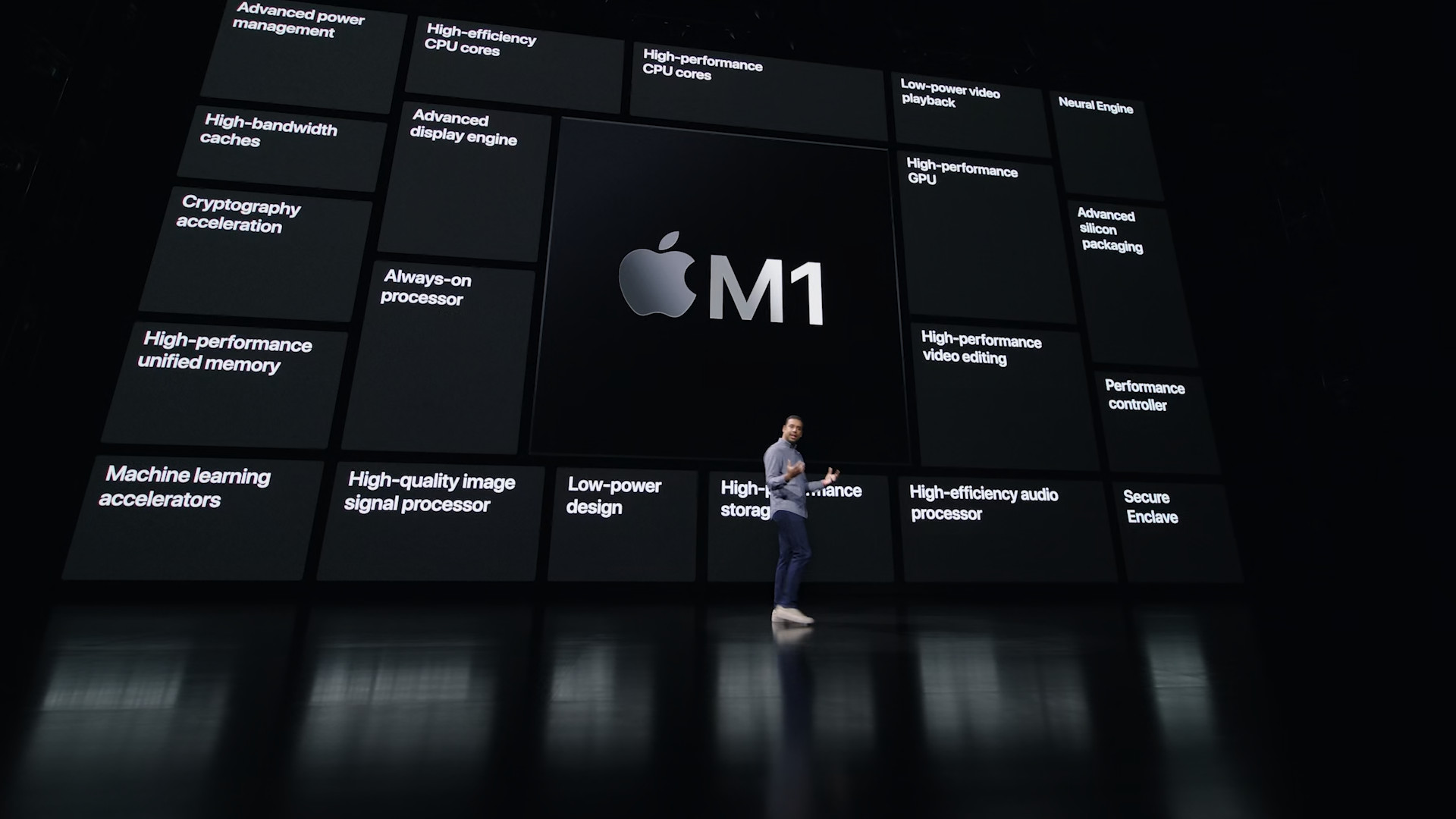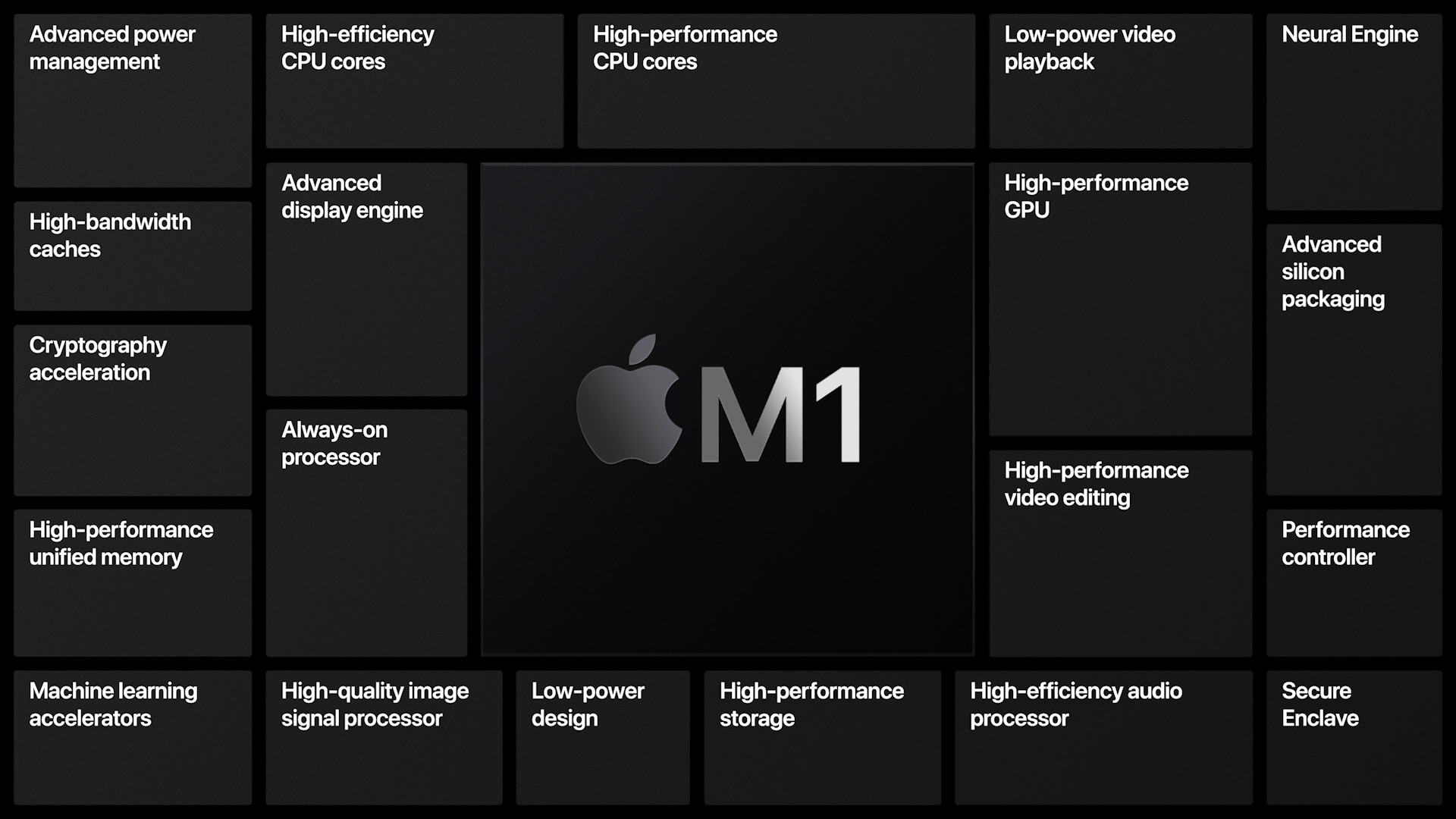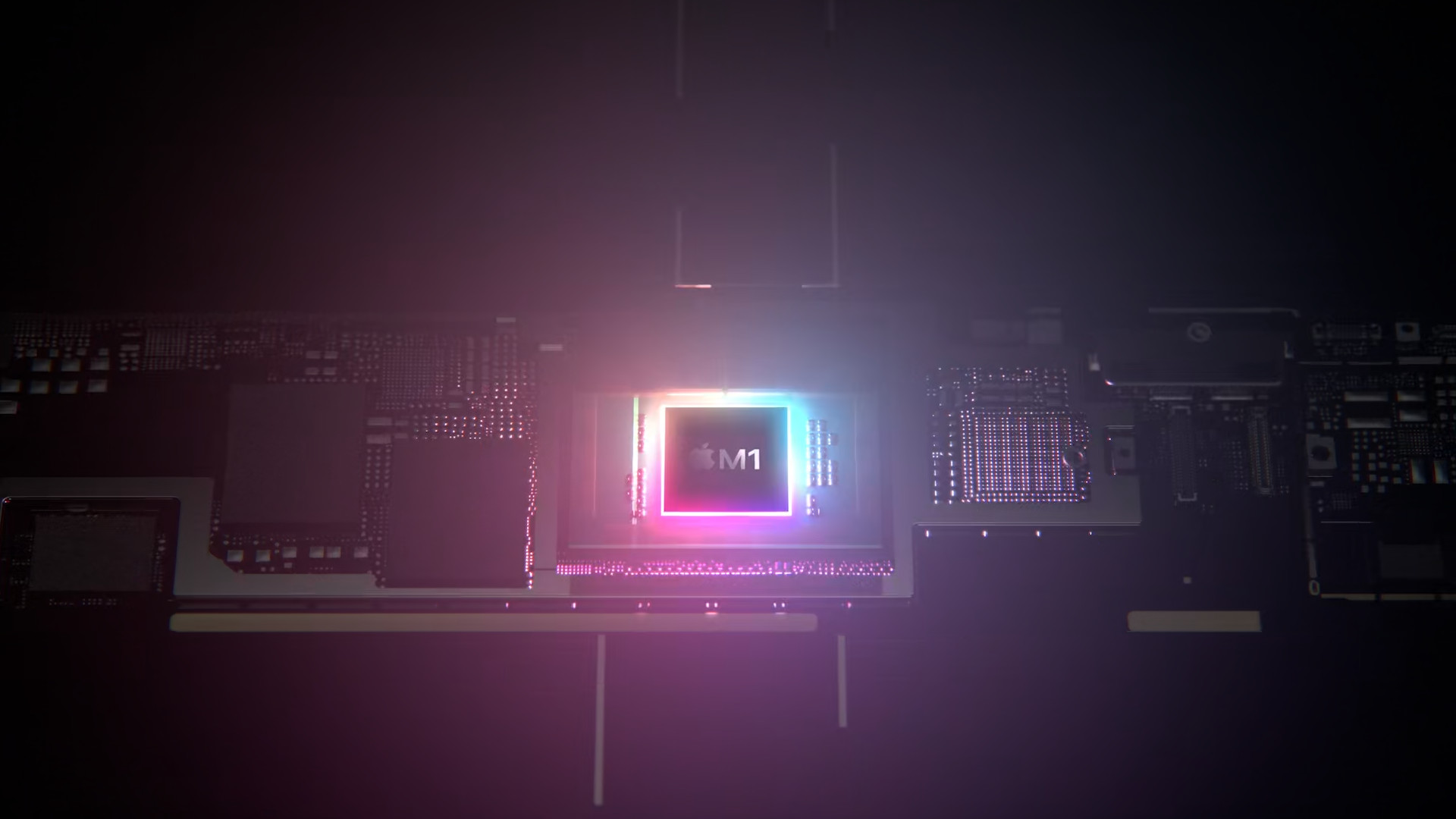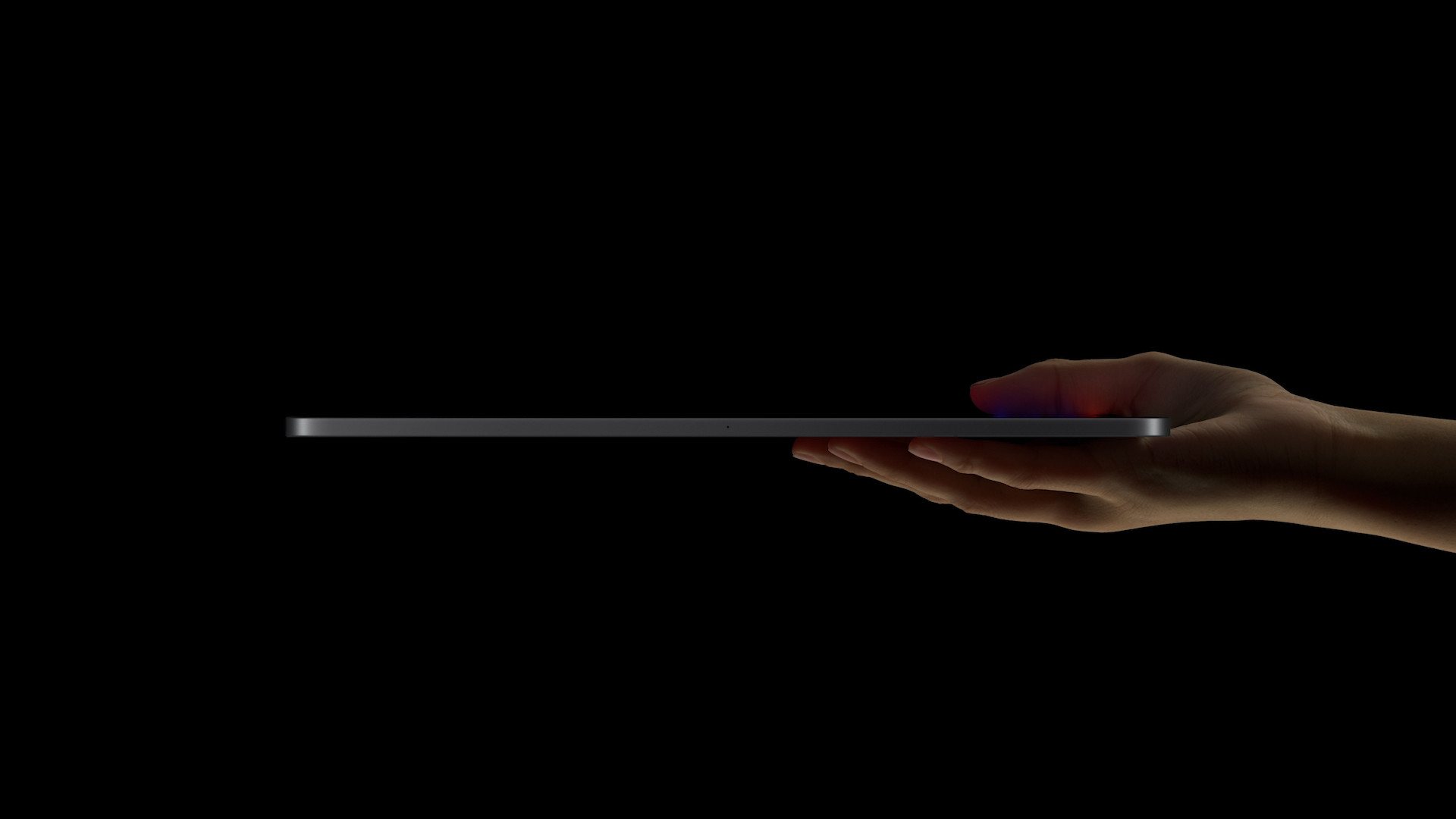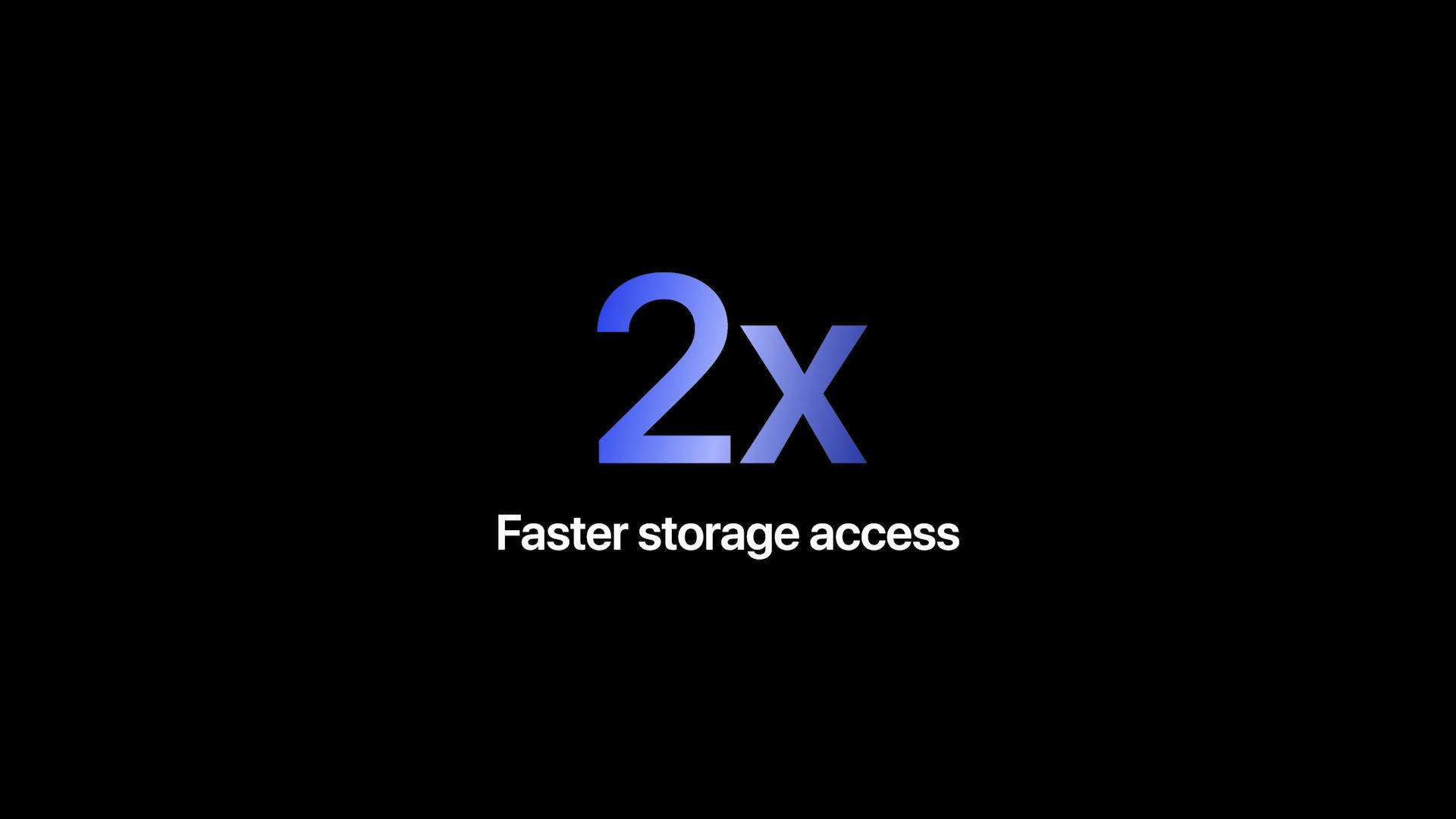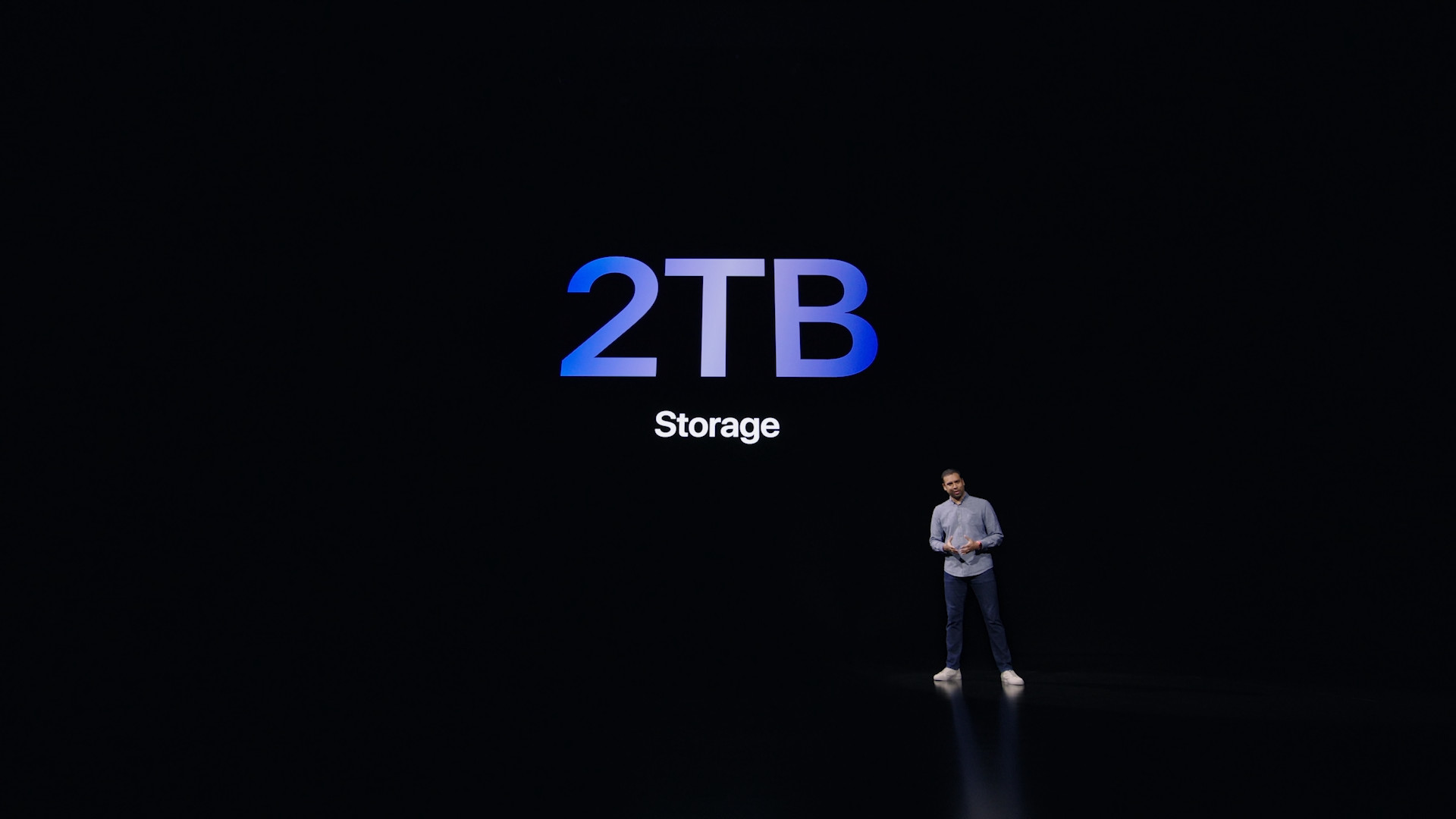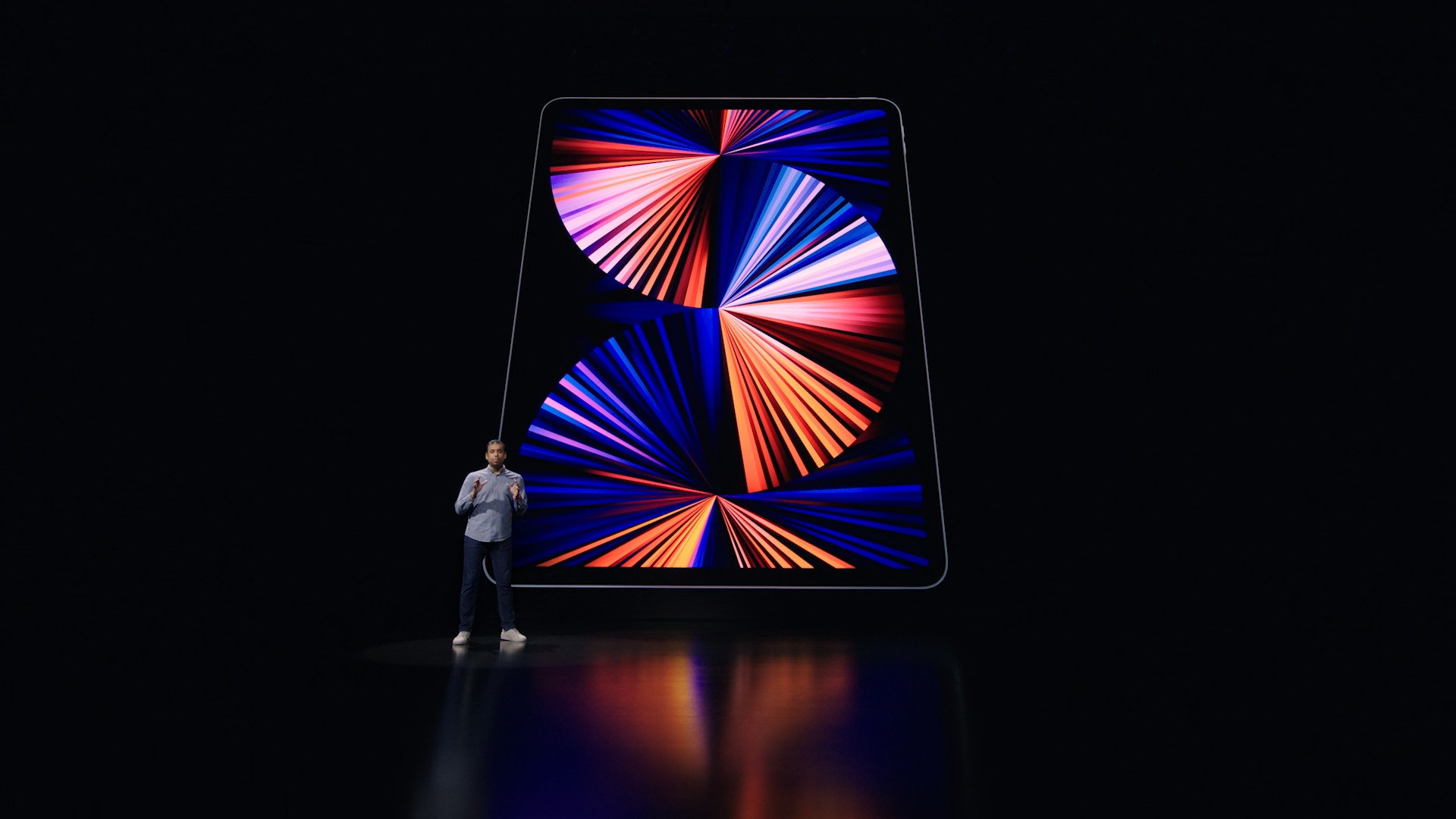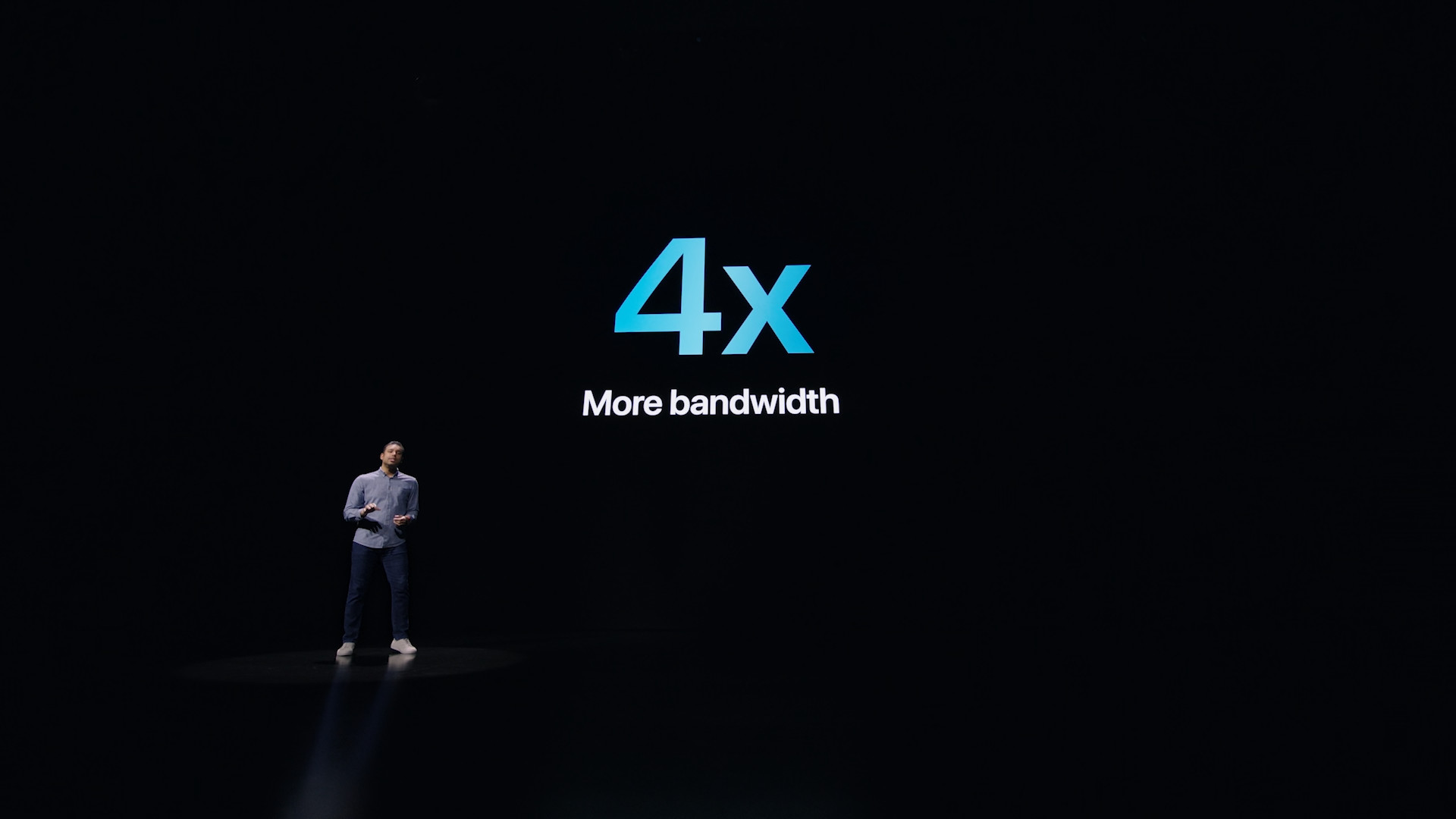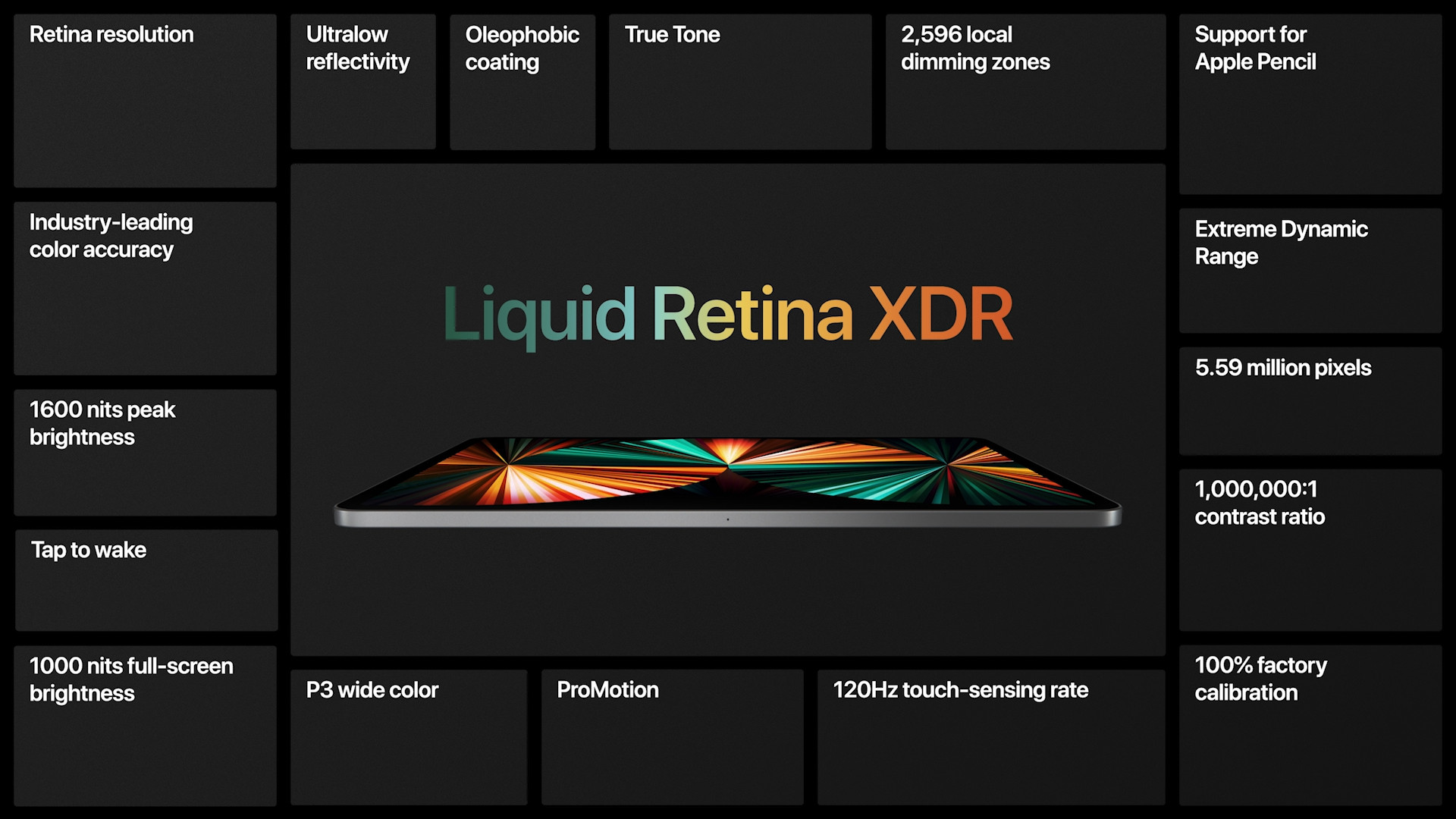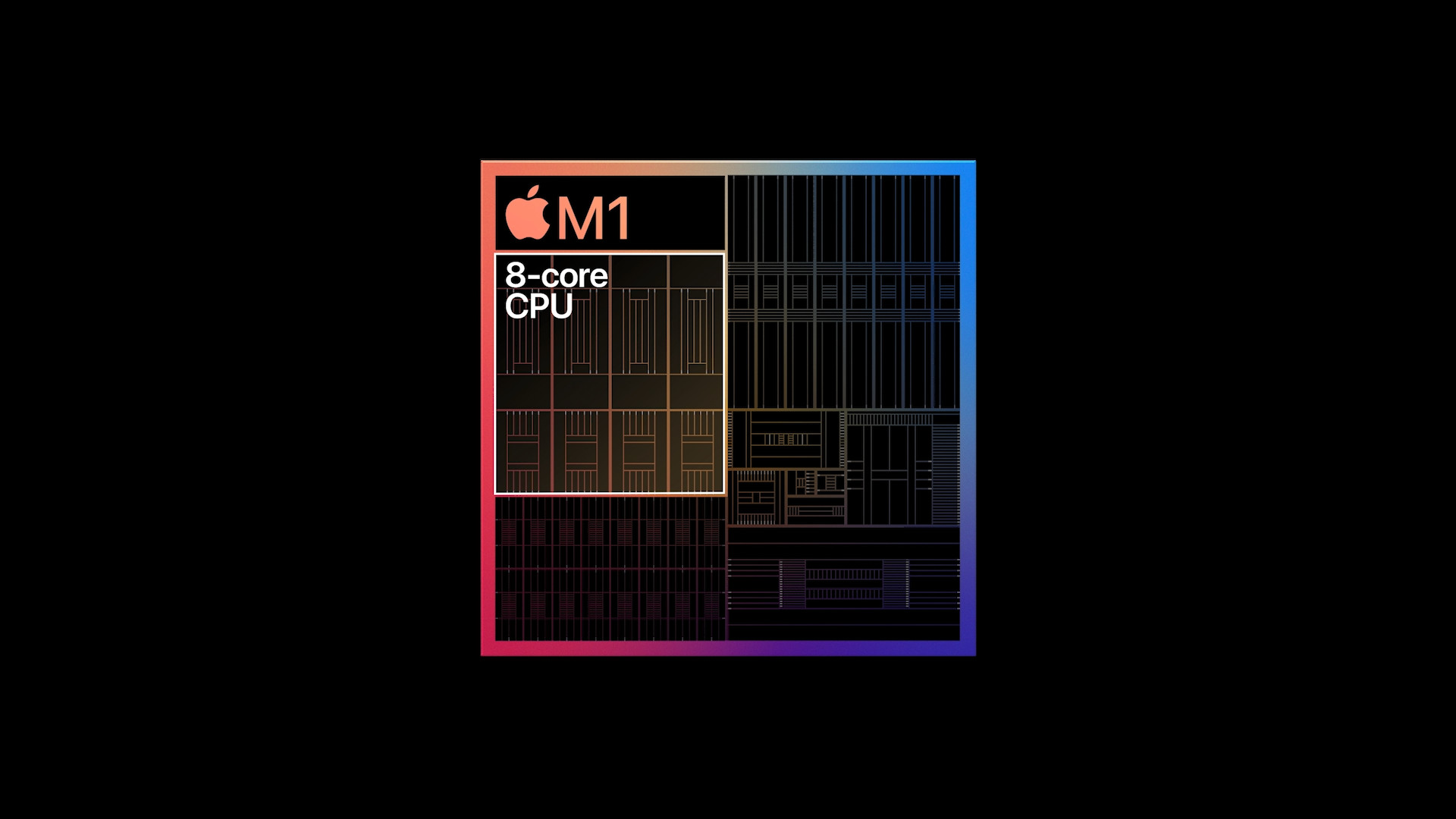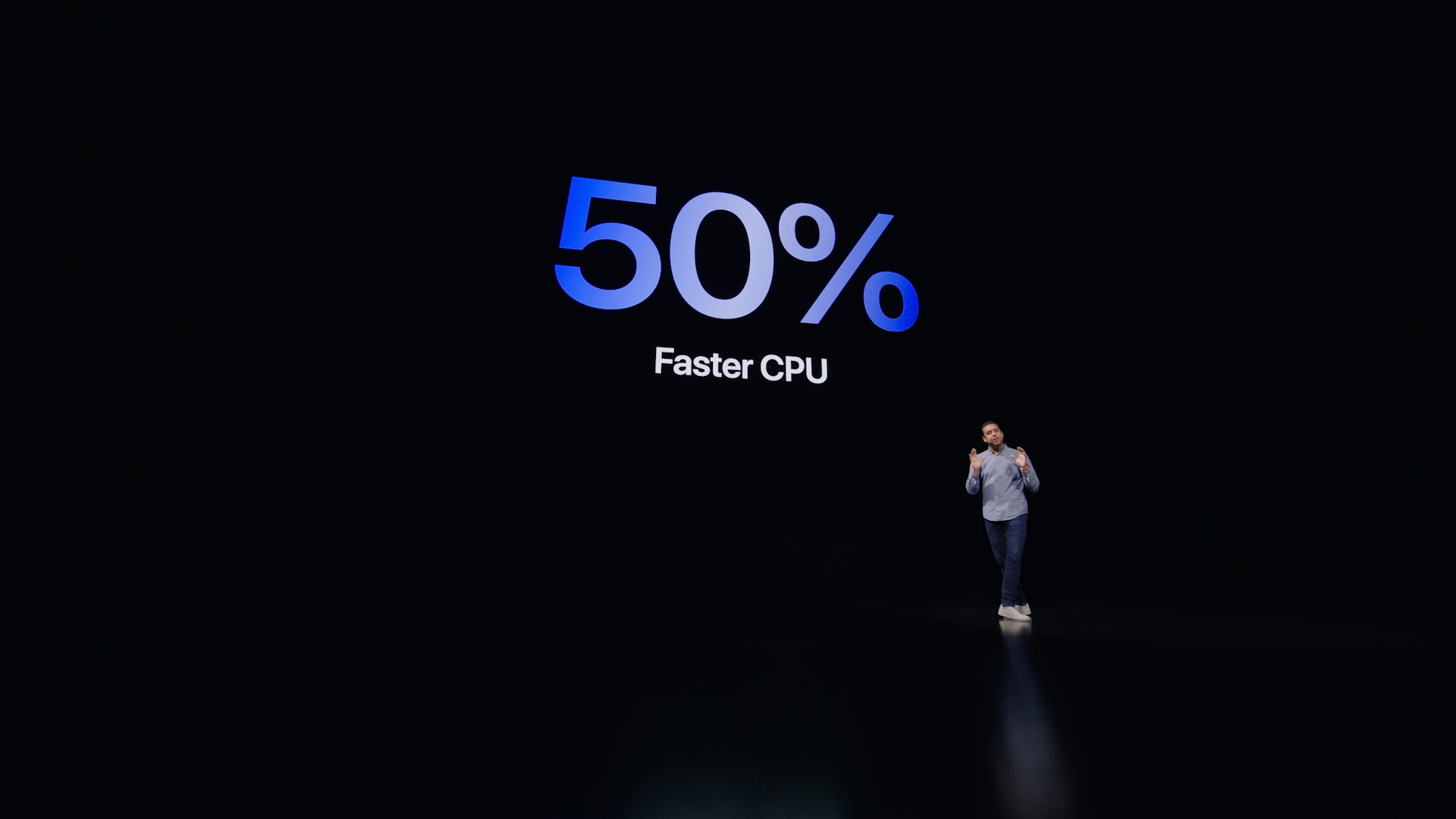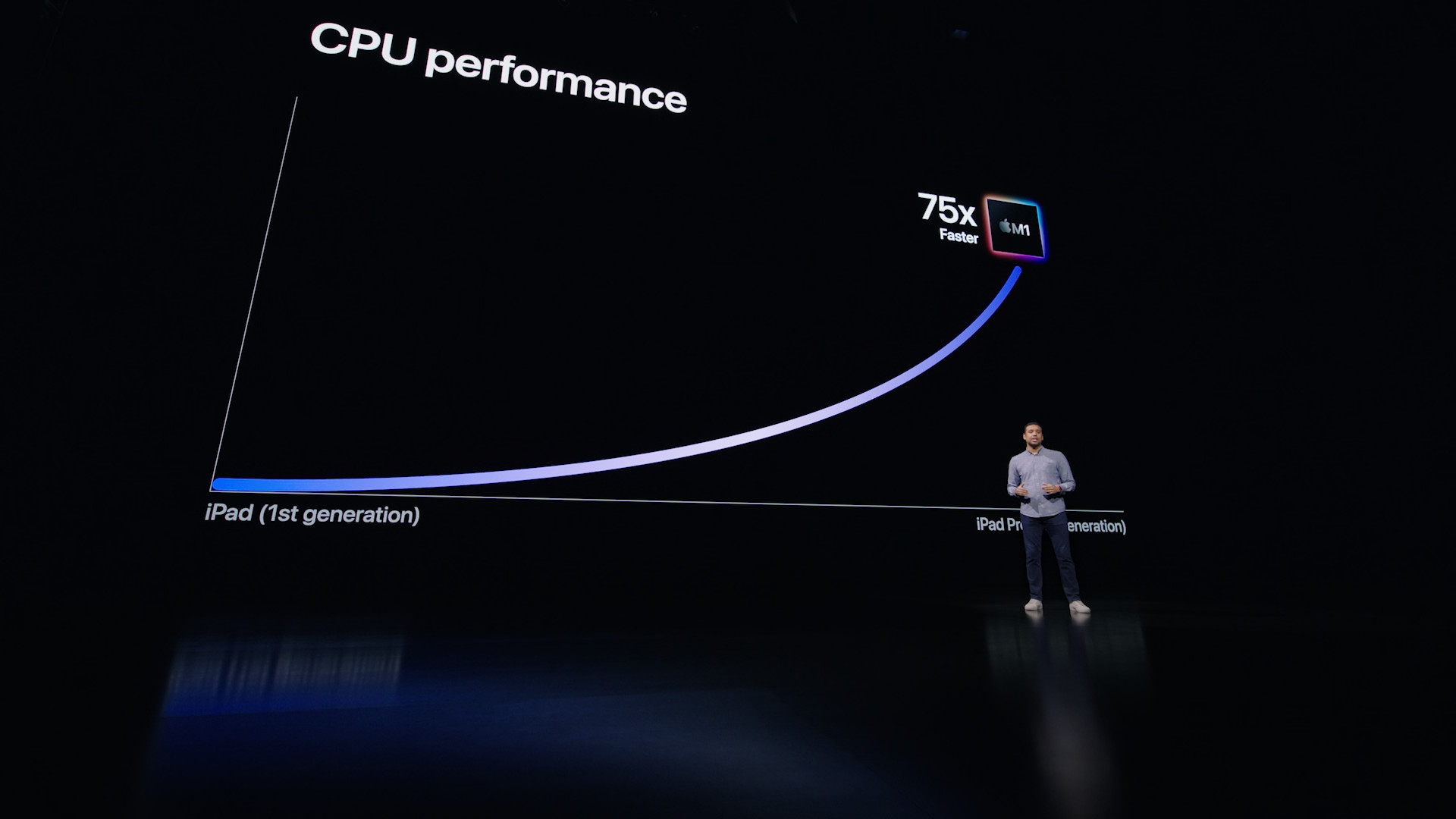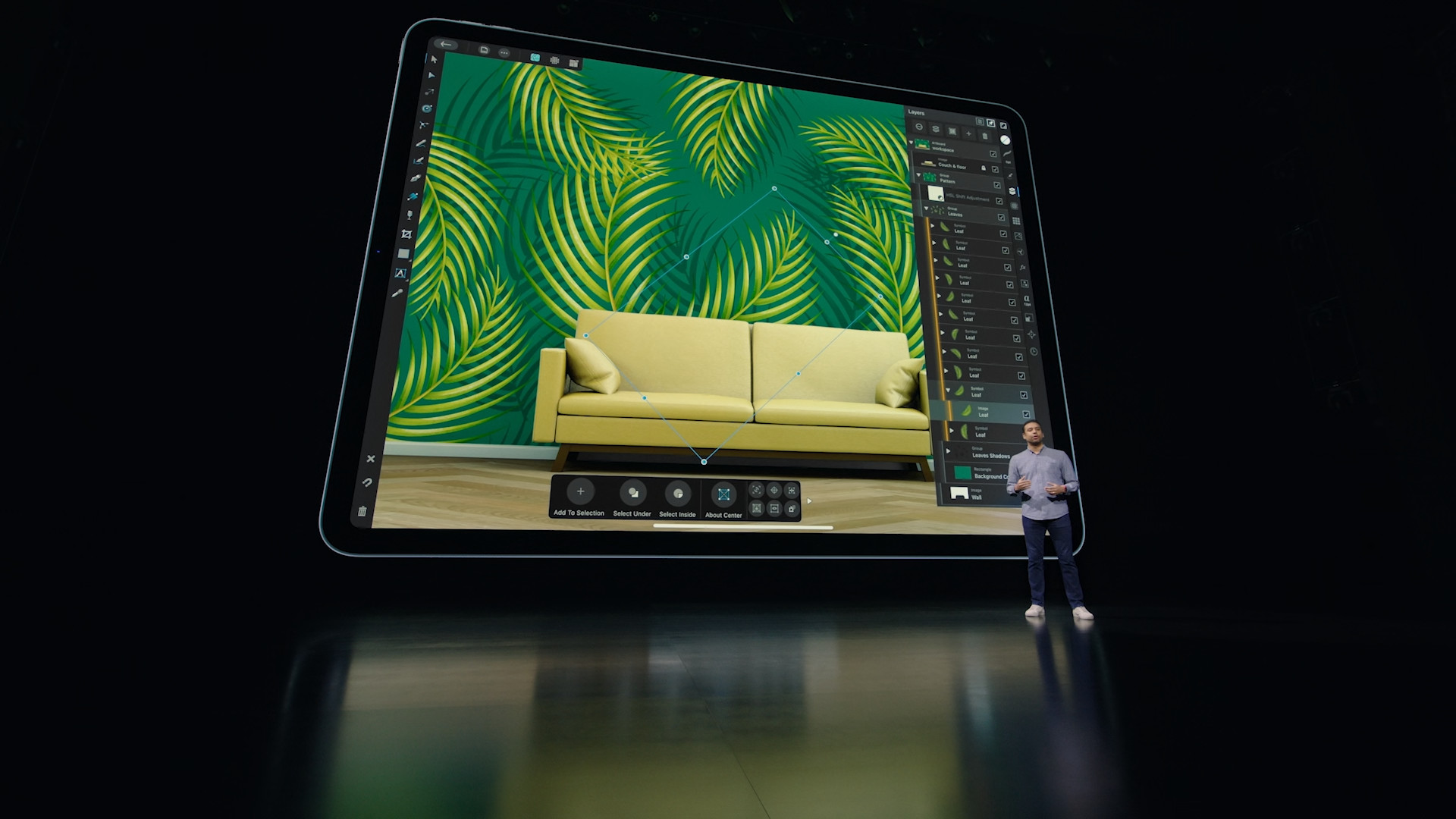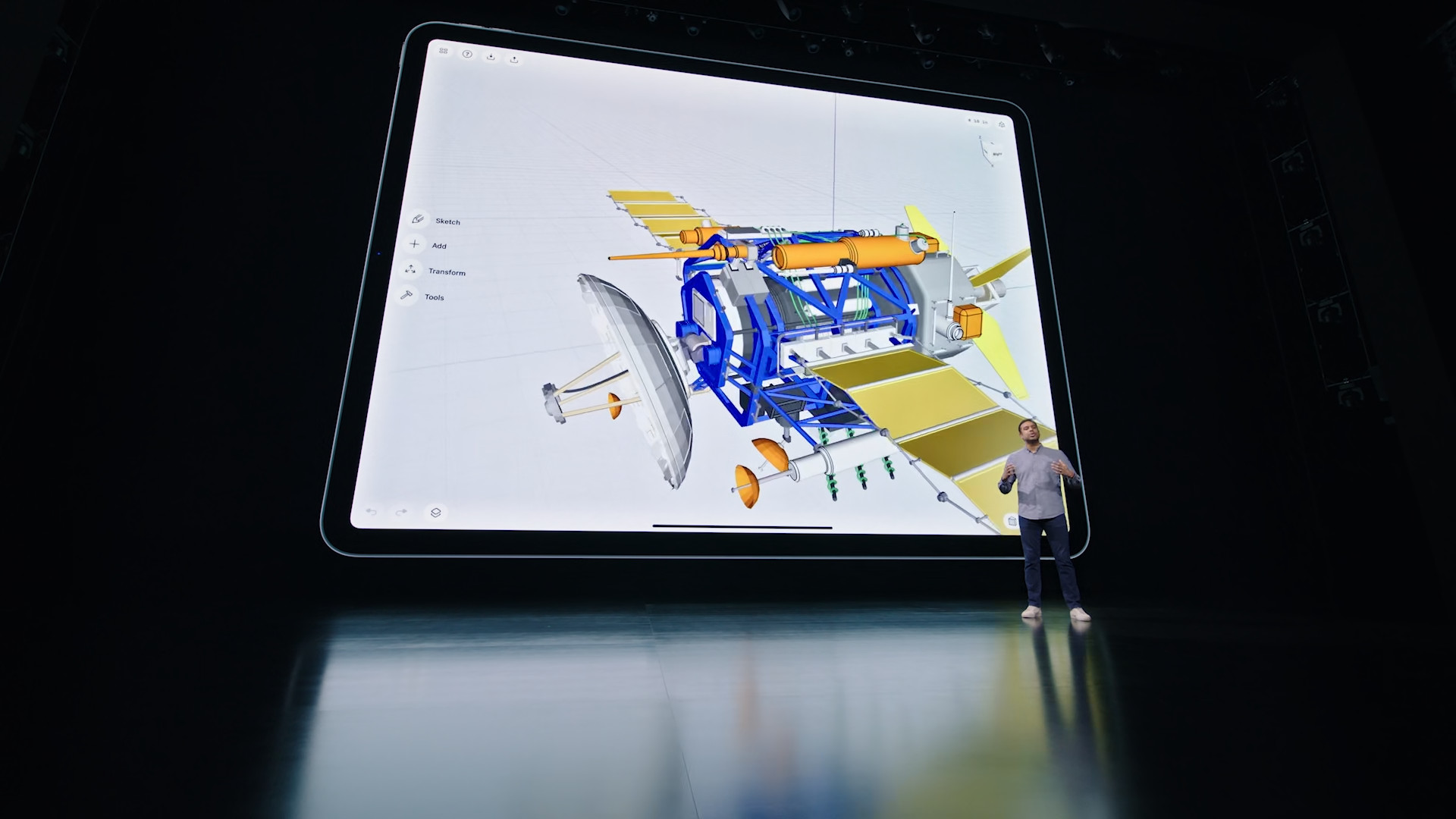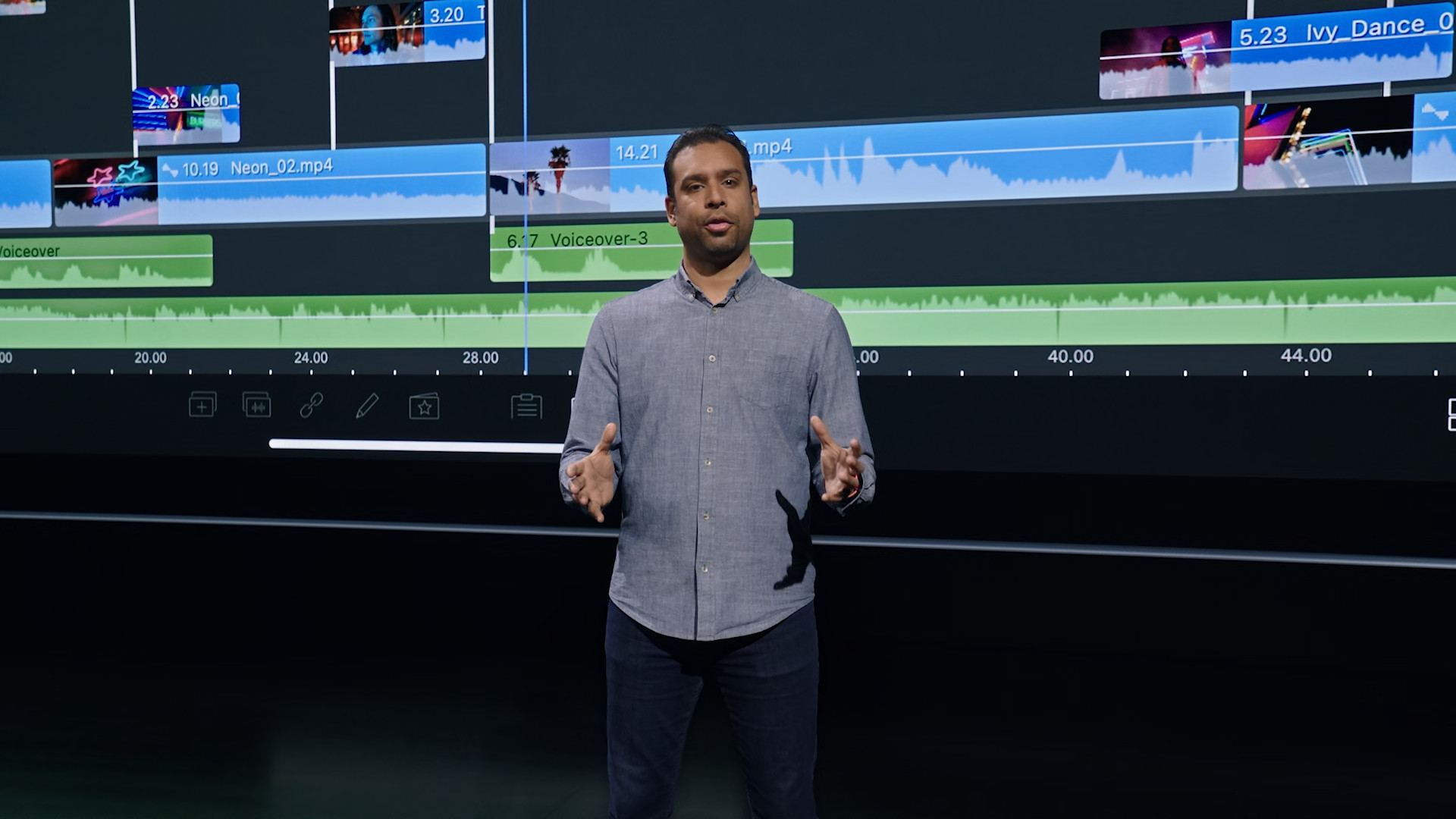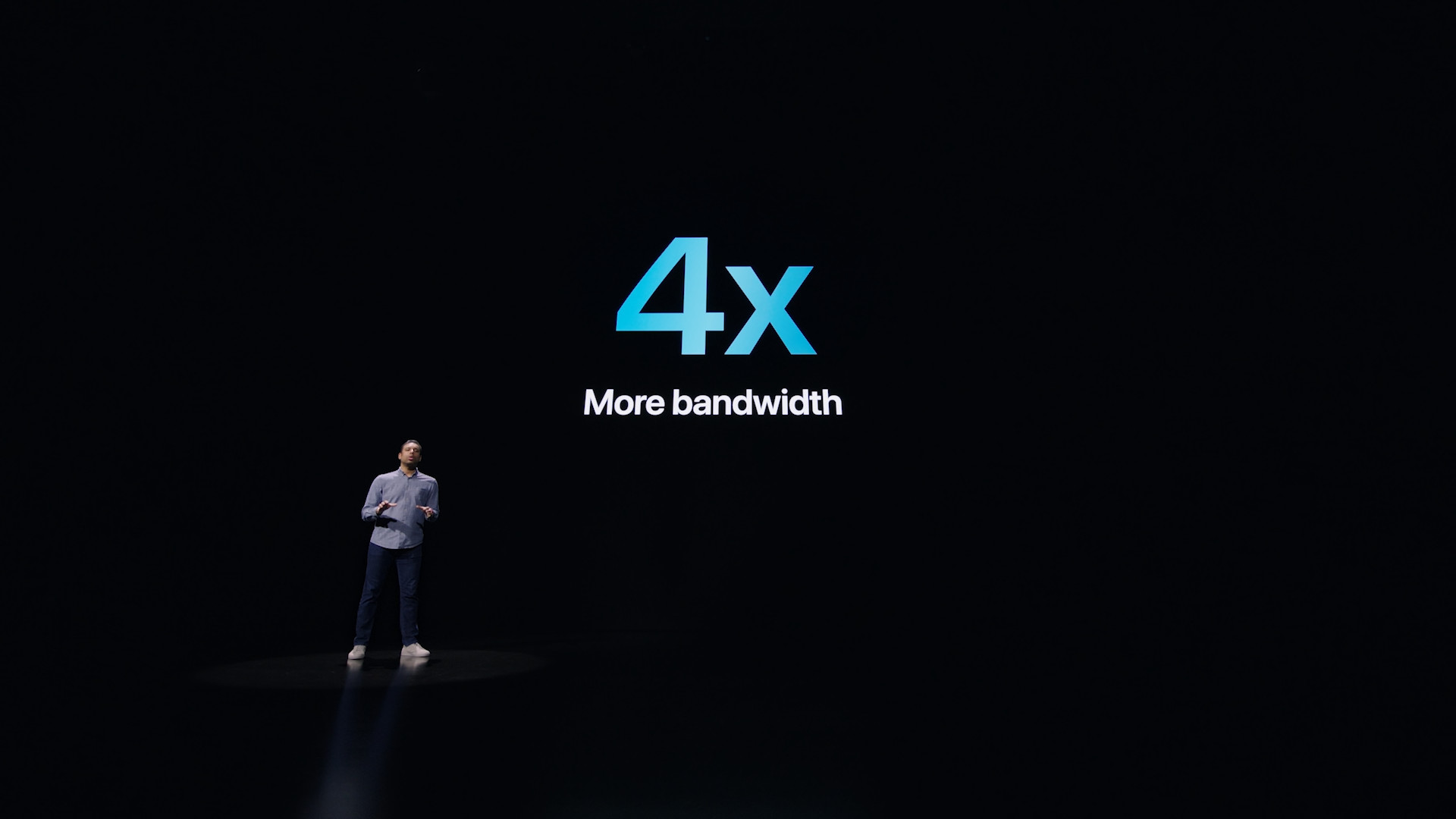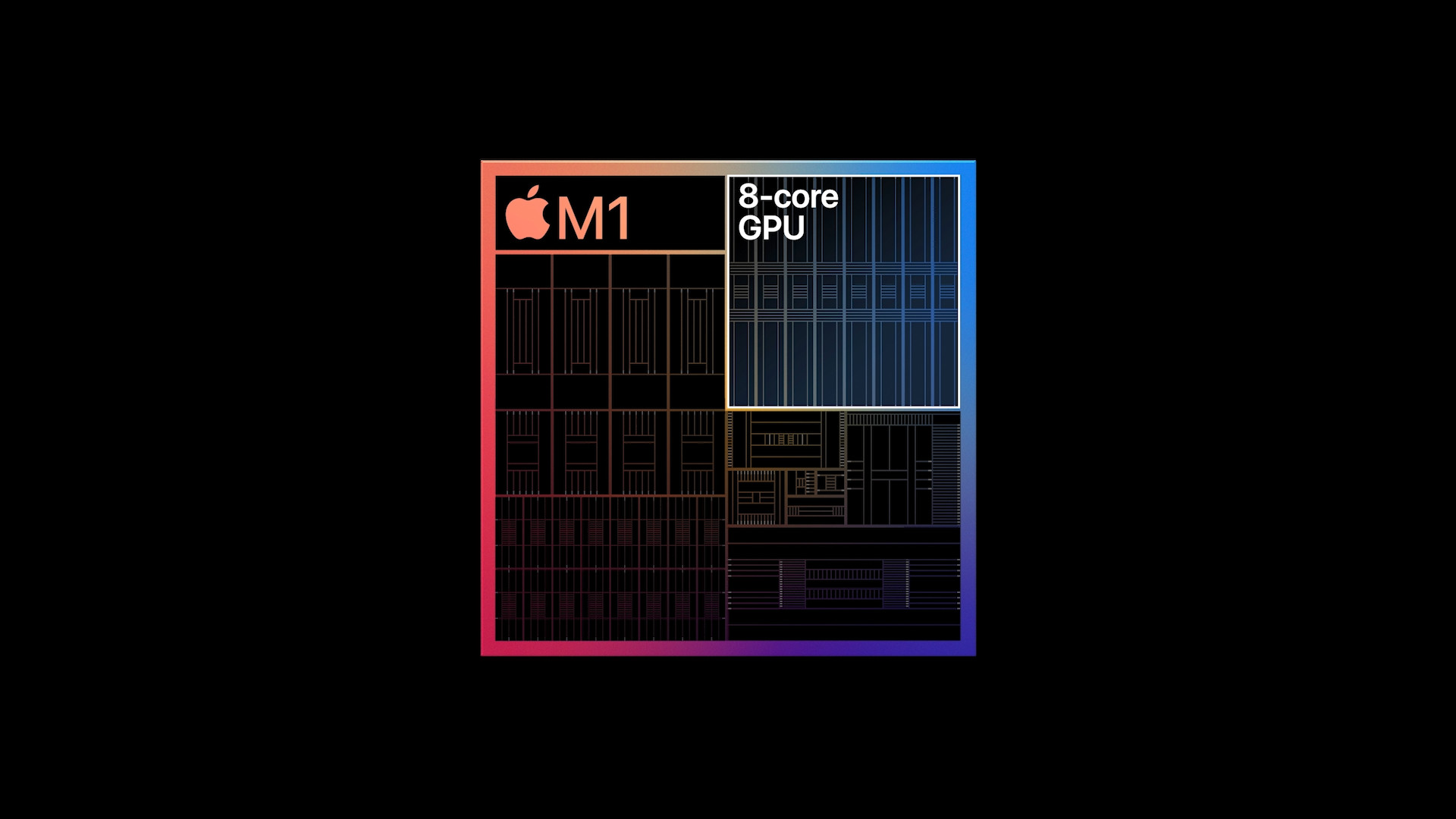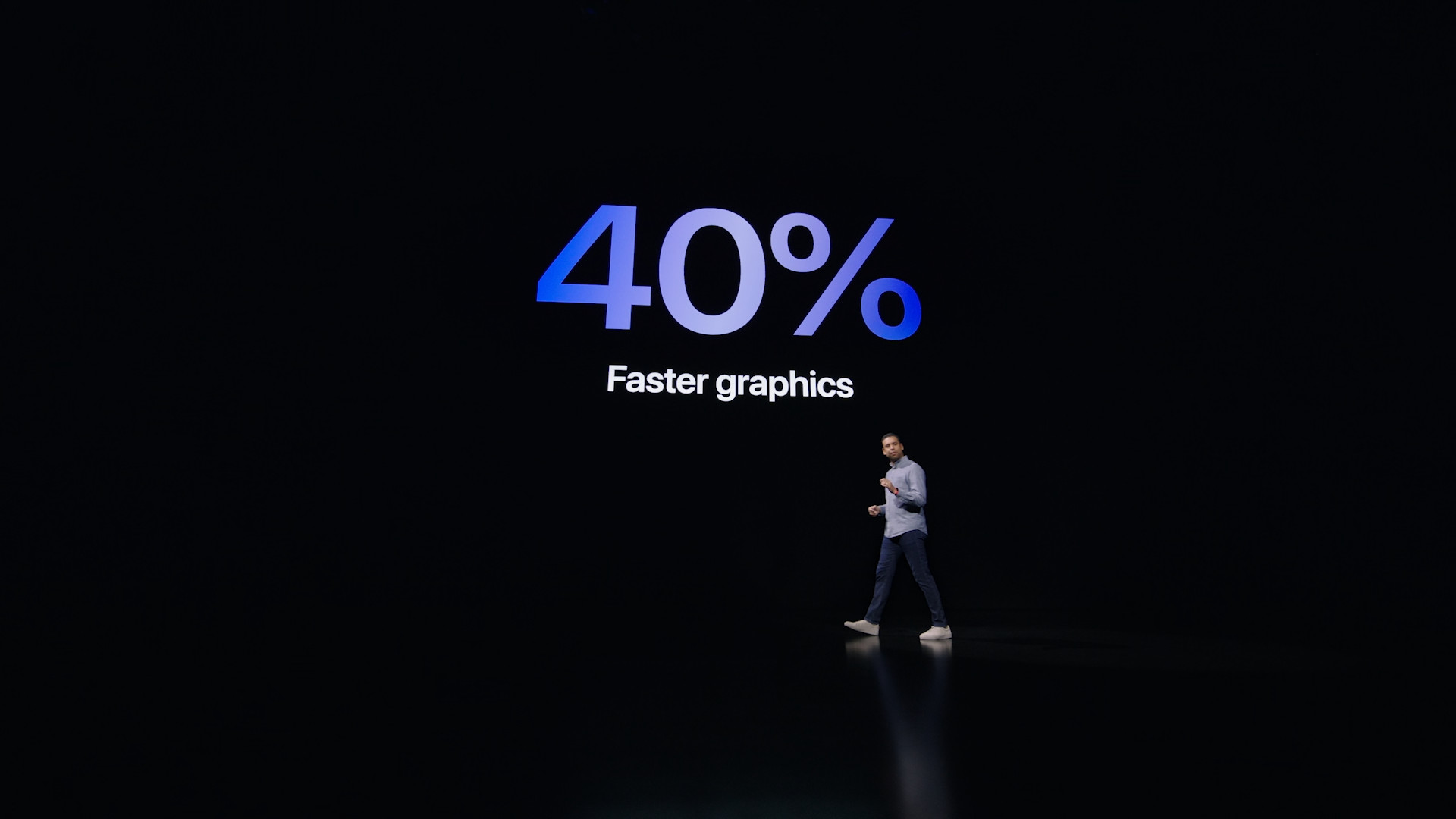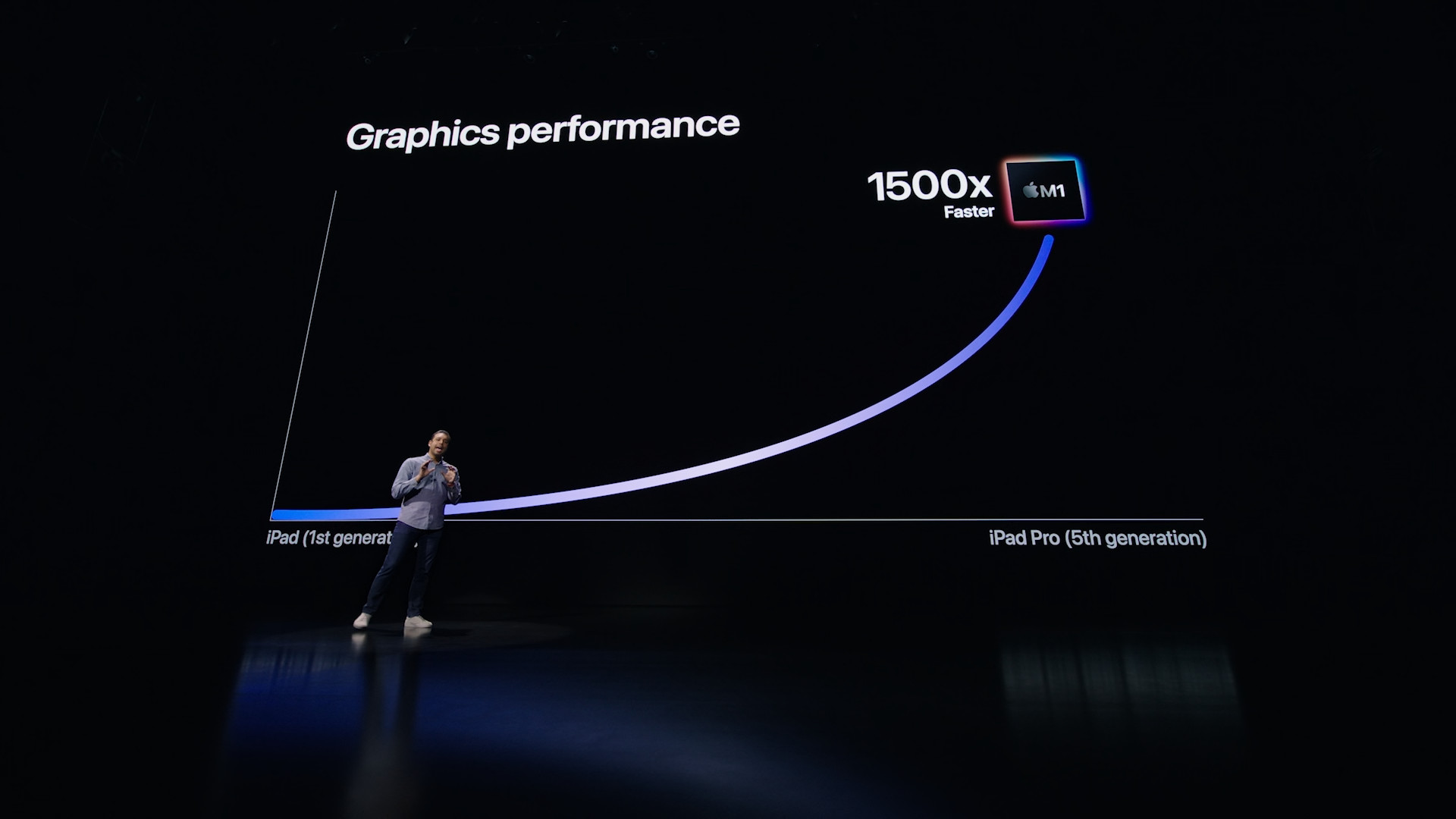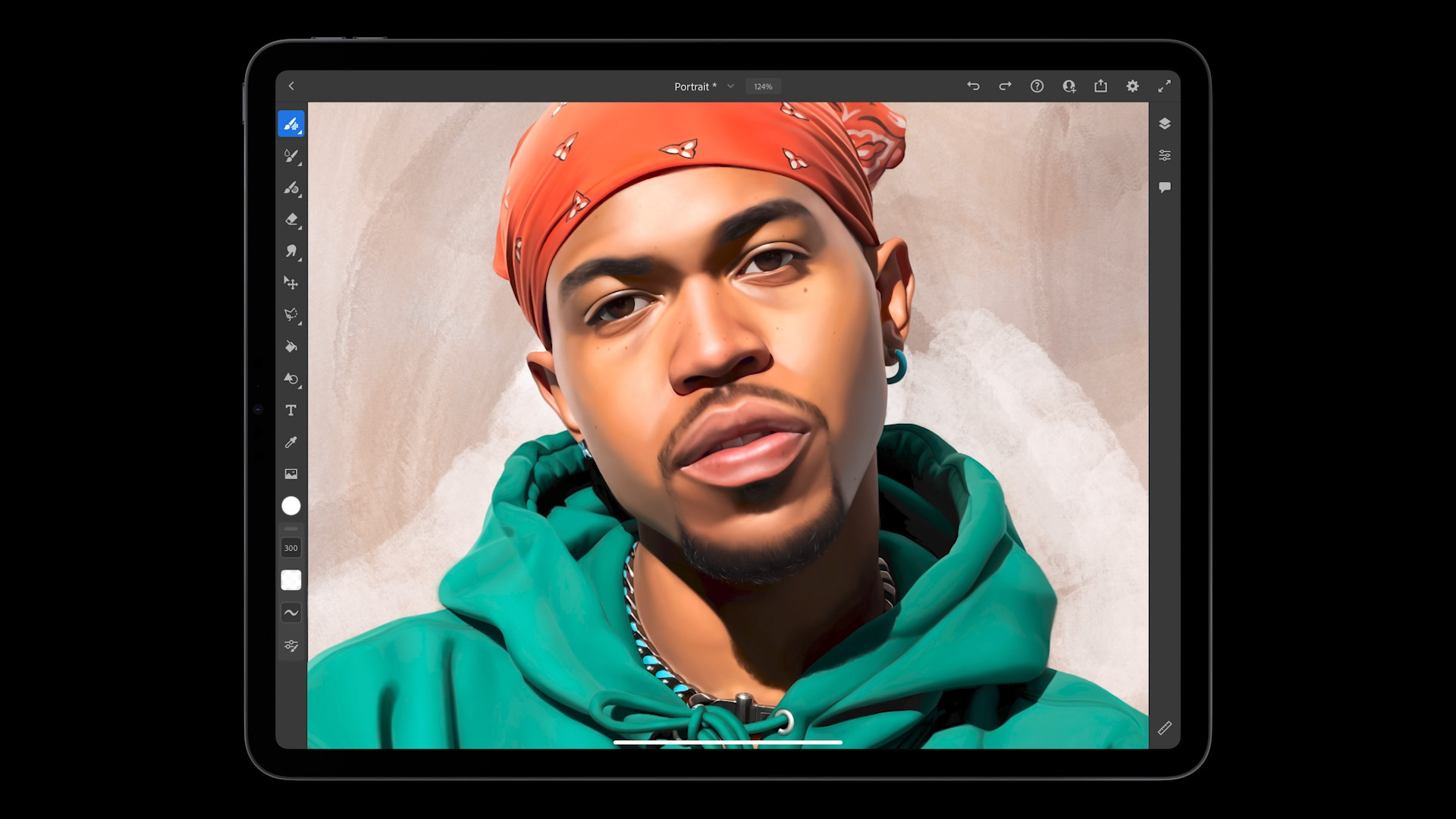In April, Apple showed us the brand new generation of iPad Pro, in which the first-class M1 chip beats. We would find exactly that in Apple Silicon Macs, with which the giant from Cupertino replaced processors from Intel and moved the performance of Apple computers several levels forward. At the presentation itself, there was talk of a 50% increase in performance for the new iPad Pro. Although the product will not officially appear on the shelves of retailers until May 21, we already have a preview of the first benchmark tests. We have to admit that Apple has done it again.
Remember the spot presenting the iPad Pro, where the main role of the agent was played by Tim Cook himself:
Foreign portal MacRumors namely, he took the results of five confidential benchmark tests of the 12,9″ iPad Pro from Geekbench 5 and then averaged them. The new "Pro" was able to climb to a perfect 1 points in the single-core test and 718 points in the multi-core test. When we compare these results to the previous generation, which was equipped with the A7Z chip, we immediately see a performance increase of around 284%. The last iPad Pro namely, it scored 1 points and 121 points respectively in the test for one and more cores.
It could be interest you
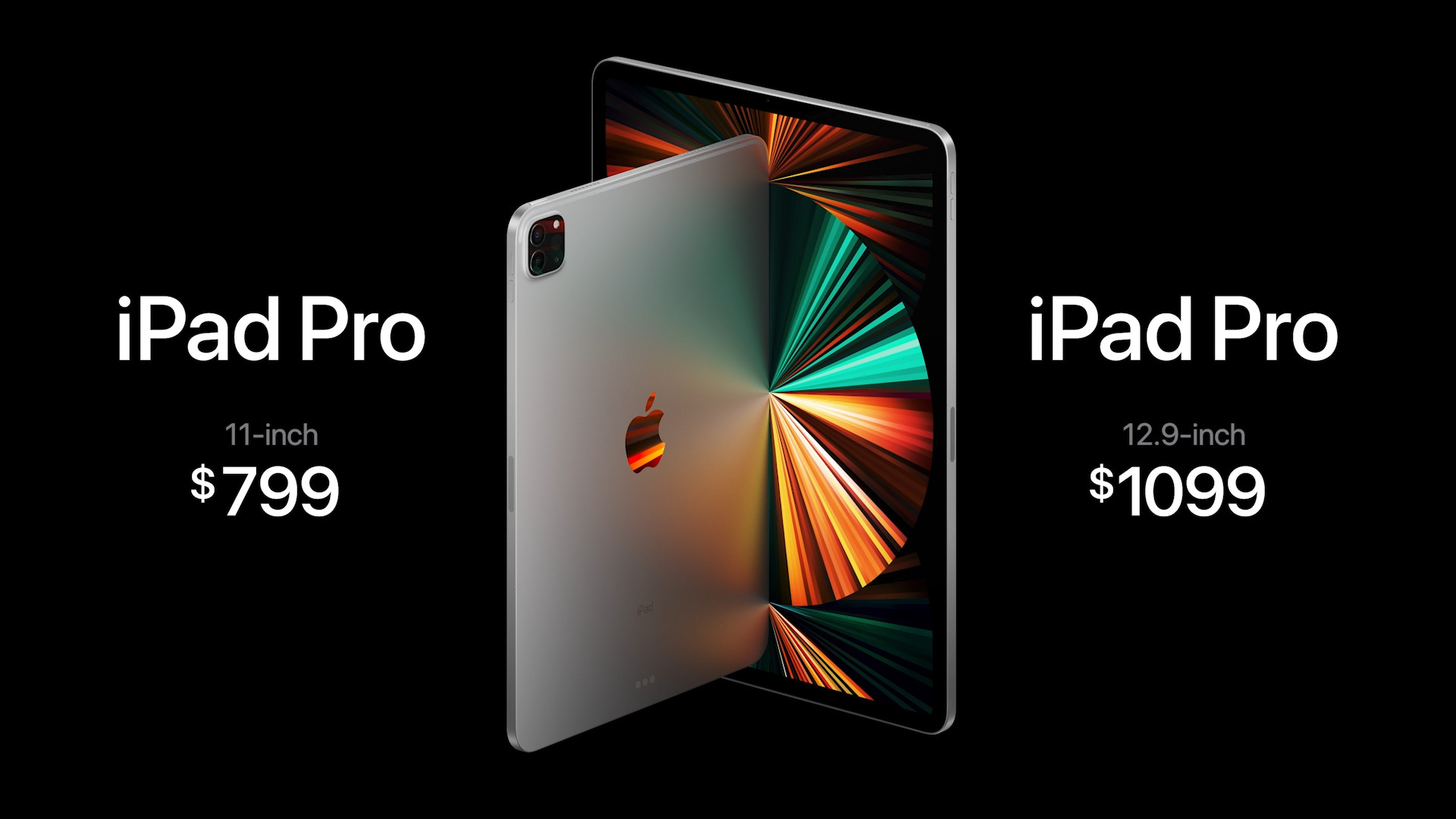
Since the same chip can be found in the aforementioned Macs, specifically in the MacBook Air, 13″ MacBook Pro and Mac mini introduced last year, we can see almost identical results of their benchmark tests. For example, the aforementioned Air scored 1 points in the single-core test and 701 points in the multi-core test. So Apple managed to develop a tablet whose performance exceeds even the 7″ MacBook Air in the best configuration with an Intel Core i378 processor. It boasts 16 points on Geekbench for one core and 9 points for multiple cores. As for graphic performance, in the test Metal scored the M1 iPad Pro an average of 20 points, roughly the same as Macy's M578 and 1% better than the A71Z Pro model.
Introducing iPad Pro with M1:
However, we should definitely not get drunk on numbers. It's great that this new piece has power to spare and can line up alongside Apple computers, but it still has one shortcoming. Because of its iPadOS operating system, it is very limited and probably no one can use its full power for now.
